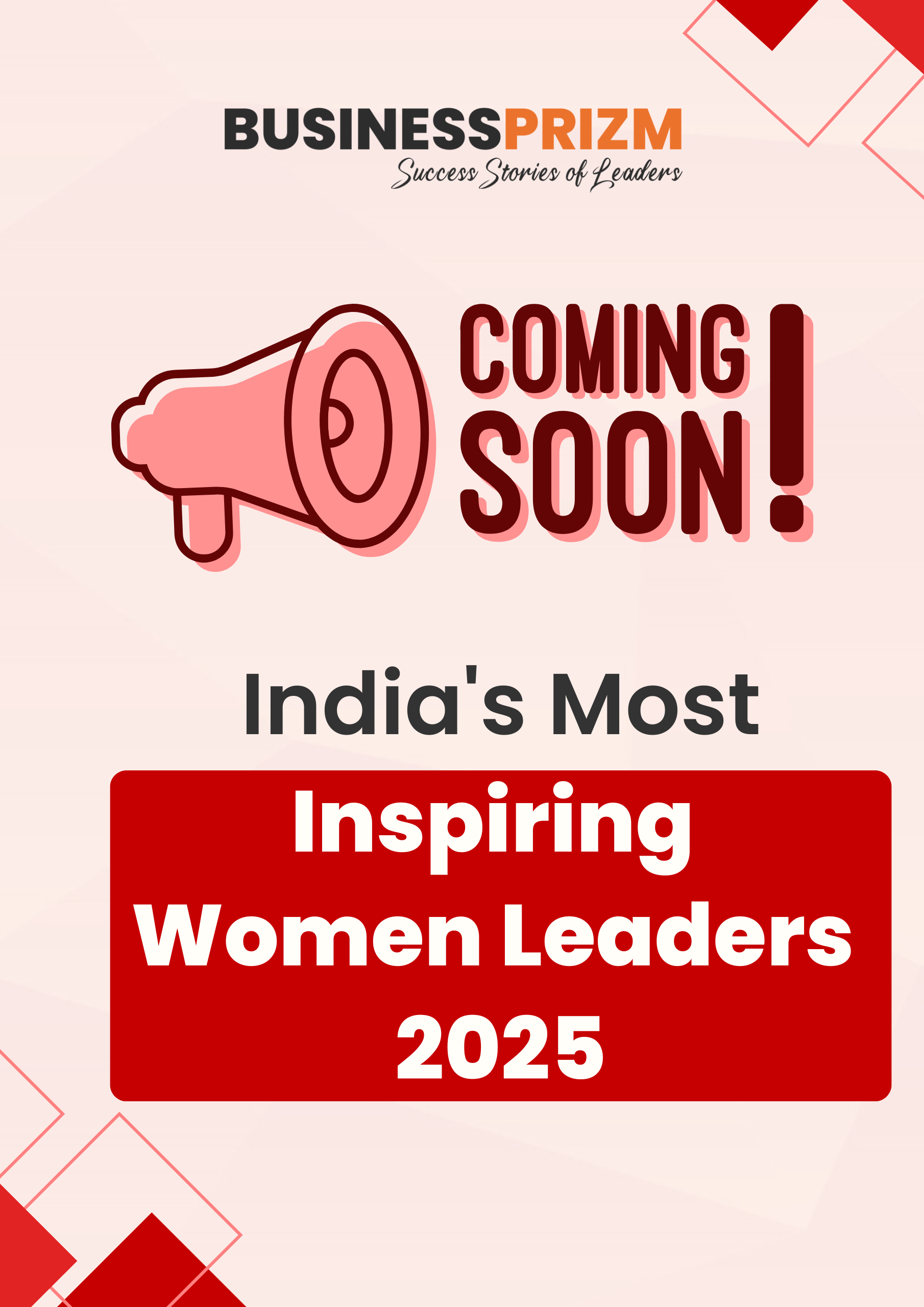Mr. Srajan Saxena is a seasoned Chief Strategy Officer (CSO) known for his strategic foresight and innovative approach to business development. With a rich background in software implementation and customer success, Mr. Saxena has mastered the art of aligning technology with business strategy to drive growth and operational excellence. His expertise spans strategic planning, execution, and customer-centric innovation, making him a pivotal leader in steering organizations through complex market landscapes. Mr. Saxena’s leadership style is defined by his commitment to transformational leadership, fostering a culture of continuous improvement and long-term, value-driven relationships.
Can you tell us a bit about your background and how you got started in your career?
My career started in software implementation, where I quickly saw that it wasn’t just about delivering technical solutions—it was about addressing real business challenges. Early on, I realized how crucial technology is as a strategic enabler for transforming businesses. This insight shaped my focus on aligning initiatives with the bigger picture, making sure every project contributed to overarching business goals. As I moved into leadership roles, my perspective shifted from day-to-day tasks to building long-term strategies. Tools like the Balanced Scorecard became invaluable in linking performance metrics to our strategic objectives. Now, as a strategy leader, I guide the organization through an ever-changing market landscape, using SWOT and PESTLE analyses to keep our strategies both strong and flexible. My technical background gives me a unique advantage in blending digital innovation with business strategies, ensuring seamless integration across the board. ground provides a unique perspective, enabling seamless integration of digital innovation into our business strategies.
How did your early career experiences shape your approach to leadership and business development?
My early years in software implementation and customer success were pivotal in shaping how I approach leadership and business development today. Working on complex projects gave me a deep appreciation for Operational Excellence, where driving efficiency and effectiveness became second nature. But I also learned that real leadership isn’t just about managing tasks— it’s about inspiring people and aligning their goals with a larger vision, which is central to my belief in Transformational Leadership. Moving into customer success reinforced my commitment to a customer-first mindset. I focused on Value Proposition Design, ensuring that we build lasting, value- driven relationships that benefit both the business and our clients. Now, as a strategy leader, these experiences are embedded in how I craft business strategies. I draw on frameworks like Porter’s Five Forces and the Ansoff Matrix to make sure our strategies remain innovative, sustainable, and well-balanced between market penetration and new growth opportunities.
How do you prioritize and balance short-term gains with long-term growth in your business strategy?
In my role as CSO, balancing short-term wins with long-term growth is crucial. I use the Horizon Planning model to keep things on track, splitting initiatives into three categories: Horizon 1 for immediate goals, Horizon 2 for mid-term opportunities, and Horizon 3 for long-term innovation. This way, we can secure short-term value while making sure we’re always investing in the future. The Balanced Scorecard is another key tool I rely on, helping me connect short-term performance with long-term goals. For example, we might push to boost quarterly revenue (Horizon 1) while also putting resources into R&D for the innovation pipeline (Horizon 3). Strategic Agility is what ties it all together. By using real-time data and scenario planning, we can adjust our course quickly when the market shifts, allowing us to seize short-term opportunities without ever losing sight of the bigger picture.
What key performance indicators (KPIs) do you focus on to gauge business success?
As CSO, I focus on a range of KPIs to get a full picture of our business’s health and how well we’re aligning with our strategy. Financial metrics like EBITDA and Return on Invested Capital (ROIC) are crucial to understanding how we’re performing financially and how efficiently we’re using our capital. But it’s not just about the numbers. I place a lot of emphasis on customer-centric KPIs like Net Promoter Score (NPS) and Customer Lifetime Value (CLV) because customer satisfaction and loyalty are the foundation of long-term growth. At the same time, tracking Customer Acquisition Cost (CAC) ensures that our marketing and sales efforts are paying off. On the operational side, I keep an eye on metrics like Cycle Time and On-Time Delivery rates to make sure we’re staying efficient and meeting customer expectations. Innovation is also a priority, so I monitor R&D spending as a percentage of revenue and new patents filed to gauge our competitive edge. Lastly, Human Capital KPIs like Employee Engagement and Retention Rates are key because a motivated and engaged workforce drives everything else forward.
What advice would you give to aspiring business leaders and entrepreneurs?
My advice to aspiring business leaders and entrepreneurs is to prioritize strategic thinking while keeping your strategy flexible. Use tools like Blue Ocean Strategy to discover new markets, focus on innovation, and differentiate yourself from the competition. Differentiation helps avoid crowded spaces. However, a great strategy is only half the battle. The real challenge is execution. Learn Strategic Execution principles and use OKRs (Objectives and Key Results) to turn your strategy into measurable steps. Execution separates winners from the rest. For entrepreneurs, always keep the customer at the center. Use Design Thinking to understand their needs, solve pain points, and deliver real value. Strong customer relationships are key to sustainable growth. Lastly, never stop learning. Stay ahead by continually educating yourself, seeking mentors, and staying curious— this fuels long-term success.










